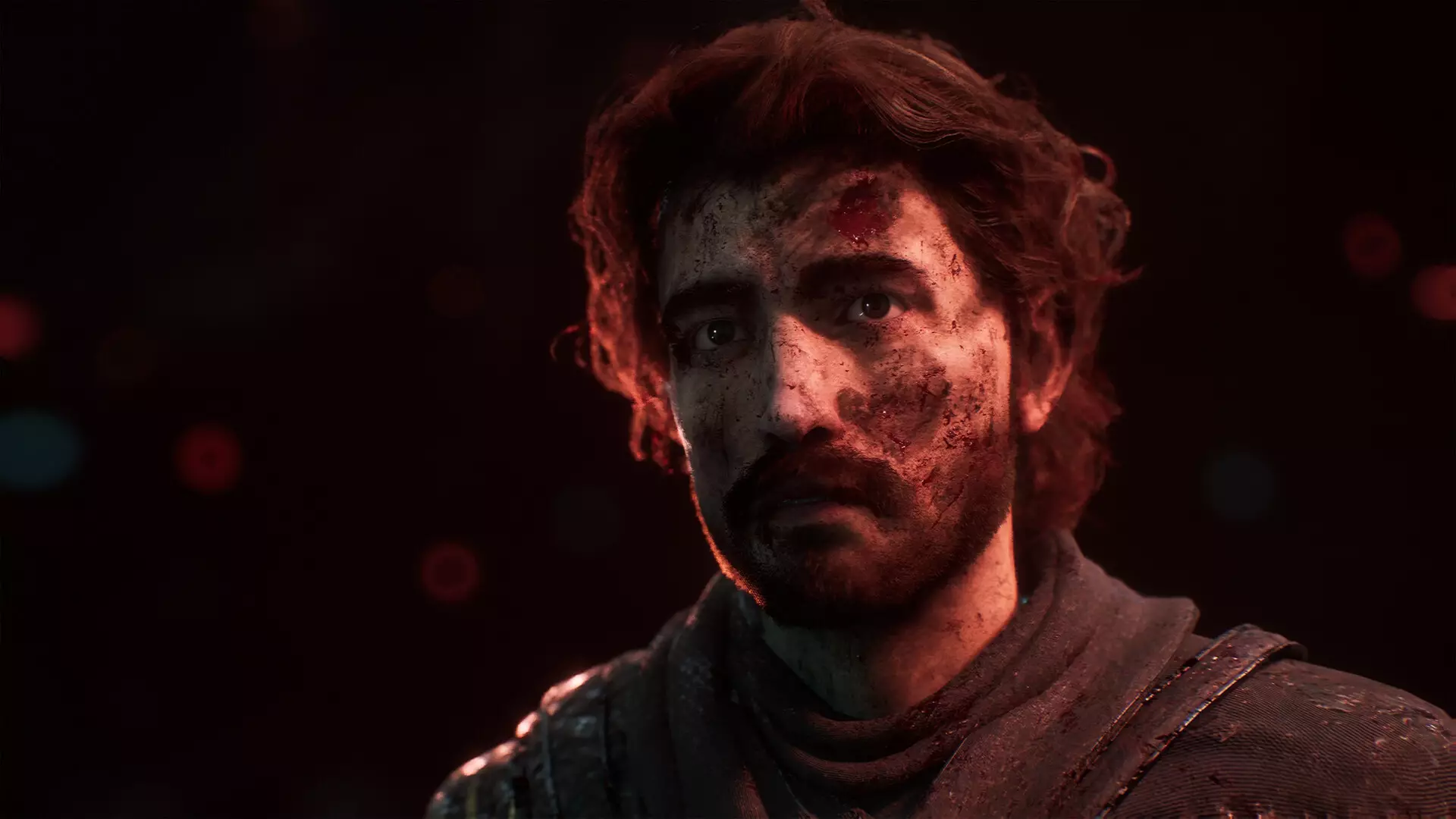In the landscape of video games, storytelling often adheres to predictable tropes—heroes survive against all odds, main characters serve as anchors for player emotional investment, and death is either a rare shock or an avoidable tragedy. However, some titles defy these norms by deliberately dismantling expectations to forge a more profound experience. “Clair Obscur: Expedition 33” exemplifies this approach through a startling narrative decision: the early and irreversible death of its protagonist, Gustave. This choice is not a mere shock tactic but a calculated artistic move designed to immerse players in a visceral world where loss is unavoidable and meaningful.
What makes such a narrative leap compelling is its rejection of comfort. By killing Gustave—who appears as the central figure and the player’s conduit into the story—the game confronts players with the raw reality of mortality and sacrifice. This moment transforms from a simple plot development into a philosophical statement: in life, and in storytelling, attachment often leads to pain, and sometimes, persistence implies acceptance of inevitable loss. In this light, the game’s boldness challenges players to reevaluate their emotional engagement and confront the impermanence inherent in human experience.
The Hidden Intent: Artistry Behind the Painful Twist
Often, narrative choices like these are dismissed as gimmicks or emotional manipulation. Yet, “Clair Obscur” reveals a nuanced strategy rooted in thematic coherence and artistic integrity. According to the game’s director Guillaume Broche, the decision to kill Gustave originated from a concept titled “We Lost,” which itself explored the themes of loss and mortality. Interestingly, this act was initially conceived as a joke—a dark, provocative joke among creators that unexpectedly became a cornerstone of the story’s emotional architecture.
Broche’s candid reflection suggests that this decision was not made lightly but was driven by a desire to engender genuine emotional response. The killing of the main character is a deliberate act meant to underscore the game’s core theme: nothing is sacred, and vitality is fleeting. It pushes players to feel the loss deeply, not as a shock but as an integral part of the narrative fabric. This elevates the storytelling, turning the game into an immersive meditation on mortality, sacrifice, and the transient nature of life.
Engagement Through Emotional Risk
What sets “Clair Obscur” apart from more traditional storytelling is its willingness to confront players with the consequences of emotional investment. When players devote time to Gustave, upgrading skills and forging bonds, they develop a sense of mastery and attachment. The game then strips that away unexpectedly, emphasizing that in life—both in reality and fiction—attachment implies vulnerability. This is a calculated risk, but one that deepens the emotional payload.
Moreover, the game’s approach echoes the narrative philosophy seen in classics like “Final Fantasy VII,” where characters like Aerith meet tragic ends, reinforcing that no one is truly safe, and that genuine storytelling often involves sacrifice. By aligning gameplay investment with narrative stakes, “Clair Obscur” ensures that player engagement is meaningful and that the loss resonates on multiple levels—mechanically, emotionally, and philosophically.
My Reflection: The Courage to Transform Tales through Risk
In an era where safe storytelling dominates, “Clair Obscur” bravely challenges developers and players alike to embrace discomfort for meaningful narrative impact. Its decision to kill off its protagonist is both a testament to artistic risk-taking and an assertion that stories can be profound only when they refuse to shy away from difficult truths. This approach forces us to confront the idea that in life, as in art, sacrifice and loss are unavoidable realities—ones that can ultimately elevate the human experience rather than diminish it.
By daring to kill Gustave early in the game, the creators of “Clair Obscur” have made a bold, unforgettable statement: the greatest stories are the ones that do not shy away from pain, but rather embrace it as a vital part of growth. For players, this experience becomes more than gameplay; it transforms into a reflection on life’s fragile, fleeting nature and the resilience required to face it. This daring narrative choice exemplifies the power of storytelling when artists are willing to challenge conventions and venture into the emotional unknown.

